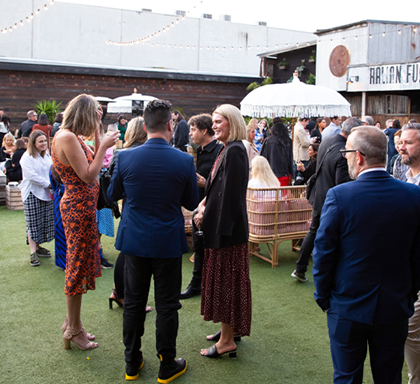
IDEA Awards 2022
Zenith was proud to be sponsors of this year’s Interior Design Excellence Awards (IDEA) Gala, sponsoring and supporting two incredible categories: Community Services & Institutional.
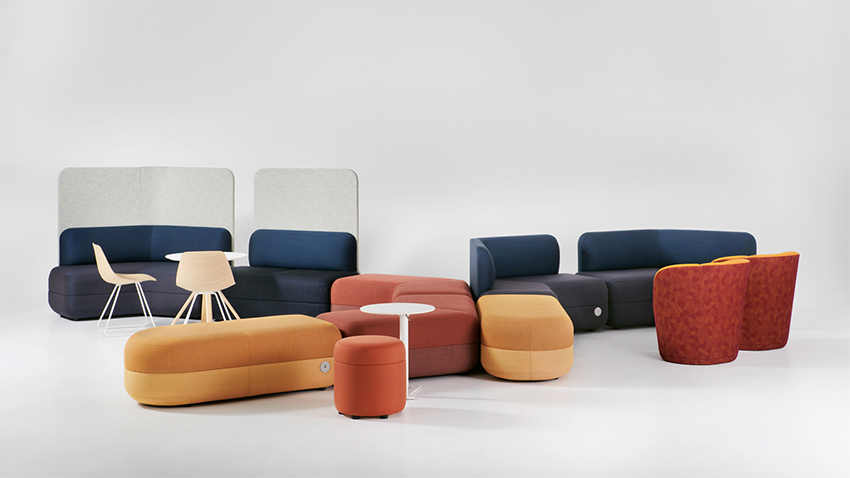
Even though the specific challenges of the pandemic are decreasing, getting staff back into office spaces remains difficult for employers. But smart design can help.
The ‘great resignation’ in Australia appears to be morphing into the ‘great return’, with many employees rethinking their intentions to leave their jobs. Whether this is due to the simple necessity of putting food on the table and clothes on their backs, is hard to say, but across the country the trend is for a return to at least a semblance of how things were
pre-pandemic.
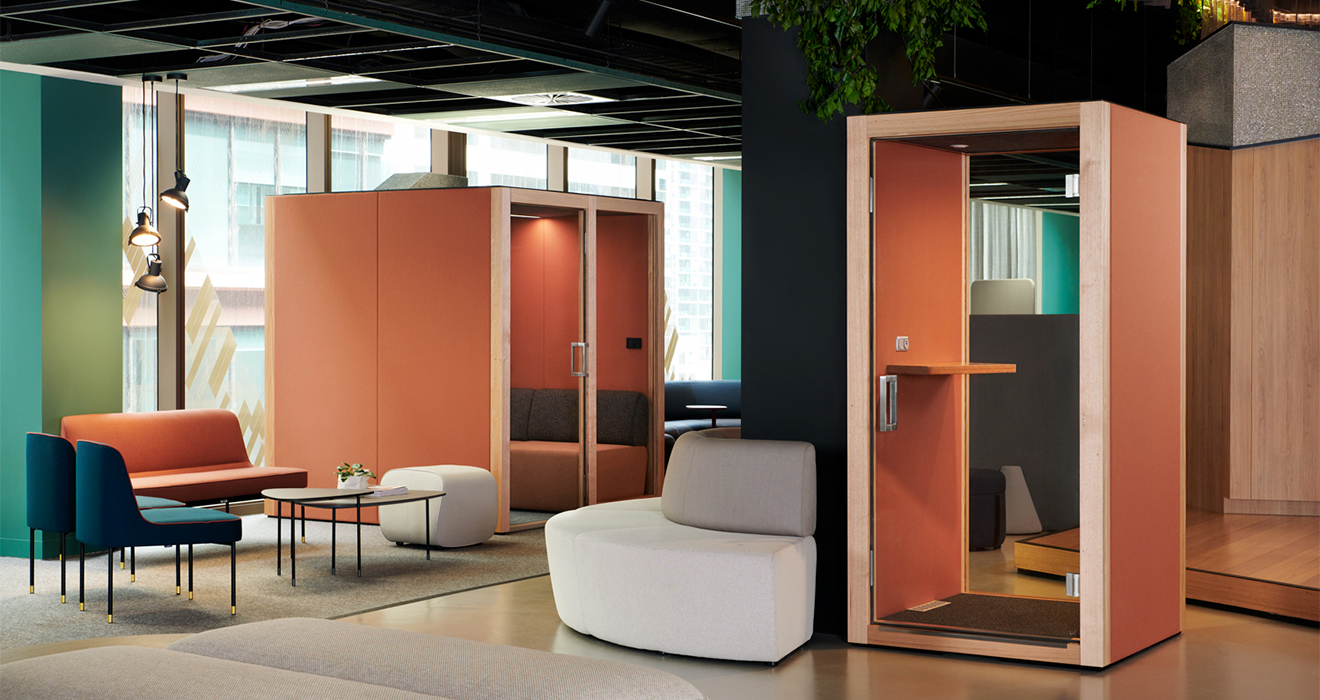
Verse Booth
For employers though, there are still many challenges.
If they can find the staff in the first place, enticing them back into workplaces is proving to be a struggle. The Age recently investigated the outlook for offices in the city. In an article entitled ‘Fast-forward obsolescence’, the newspaper reported, “Melbourne’s office occupancy rate remains stubbornly low, prompting grim predictions for down market CBD towers that few people want to work in.”
So what can employers do to turn this around and create workspaces that their staff can’t wait to occupy?
Creative director of Zenith’s Design Studio Oliver Field has some answers…
FM: How can the layout of a workspace reassure workers who are returning to the office after working from home for extended periods?
Oliver Field: More spatial division, more sound absorbing materials and more individual centric settings will all help employees transition from their home workspace into the workplace. Employees who have been working from home over an extended period may have grown accustomed to spending time in solitude. The workplace will need to provide spaces where occupants can find respite from noise and distraction. Some may find that they need to retreat to these quiet spaces multiple times per day in order to achieve certain tasks.
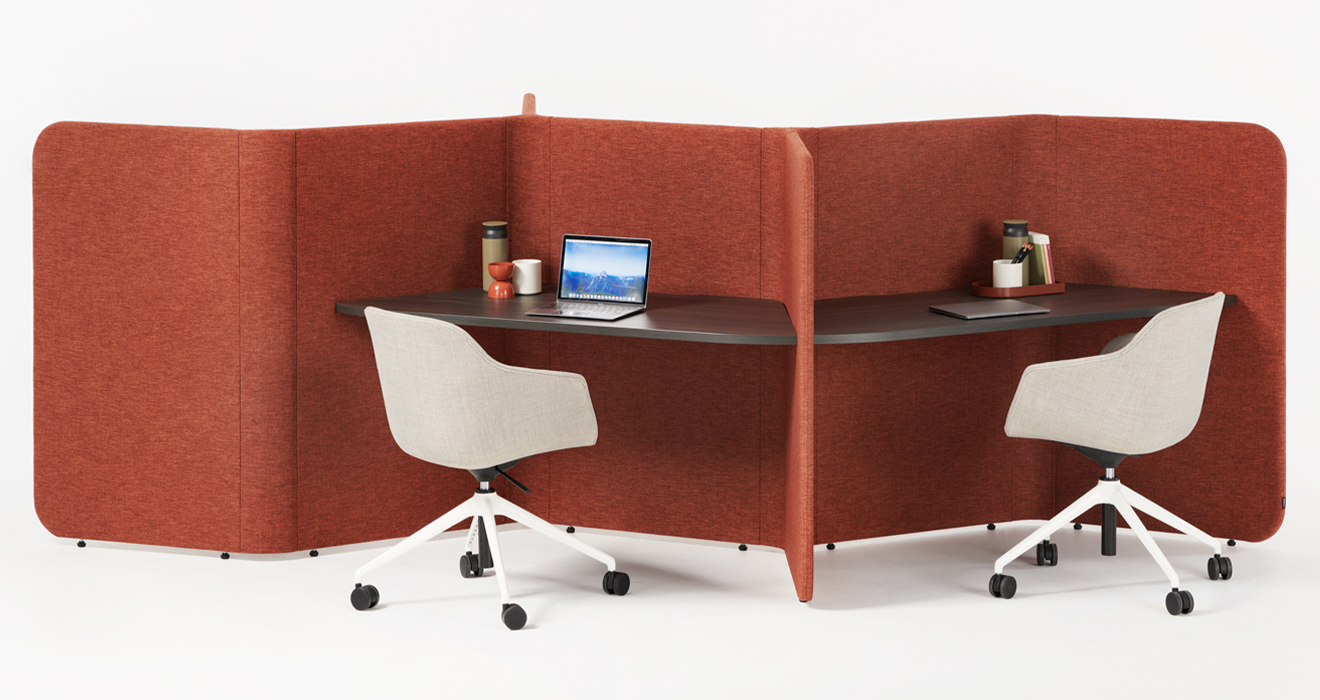
Precinct Pod
FM: What types of furniture and specific pieces would be best suited to the workplace during the second half of 2022?
Oliver Field:
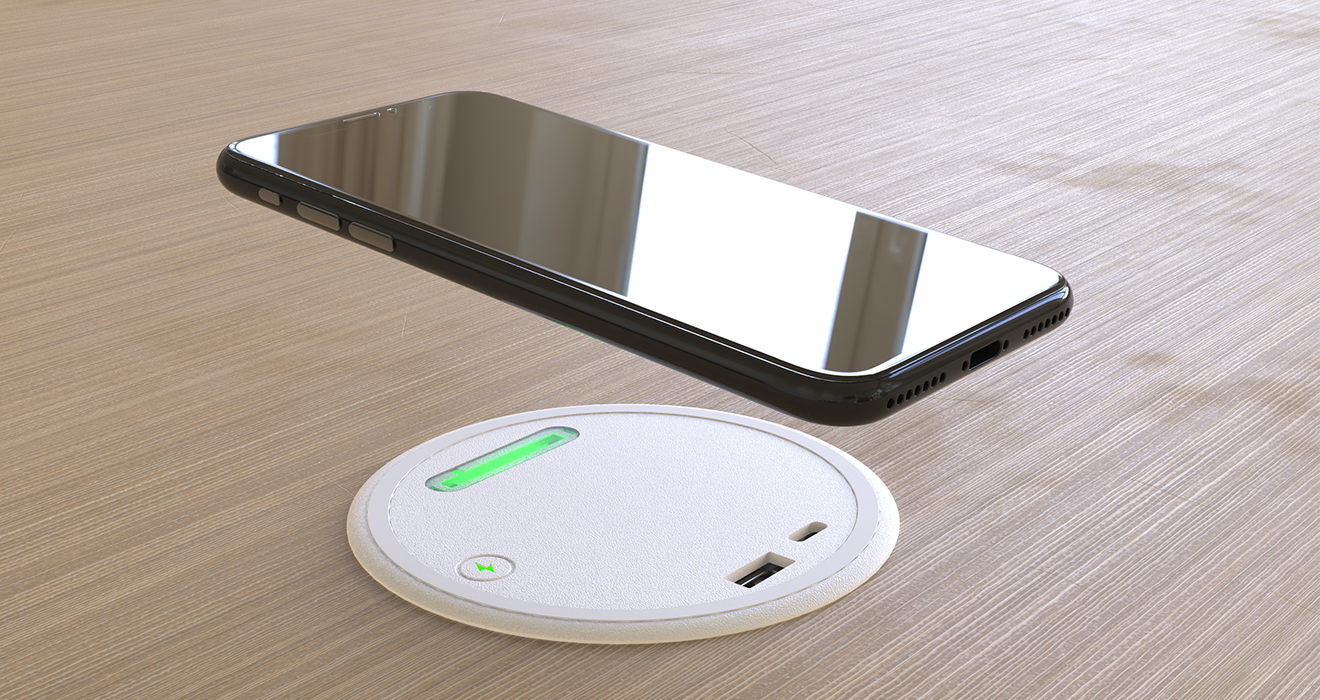
Floorsense, an integrated booking system.
FM: How important is flexibility in workplace design right now?
Oliver Field: In times of uncertainty, furniture that can be reconfigured in multiple ways becomes a tool for resilience. Enabling furniture assets to remain relevant through constant change offers huge economic benefits; for example, workstations that can accommodate fluctuations in team numbers in real time.
FM: And what are the other most important considerations?
Oliver Field: Task appropriateness is a huge design driver for furniture innovation; for example, workspaces that can not only accommodate, but also elevate the experience of using collaborative and digital work tools.
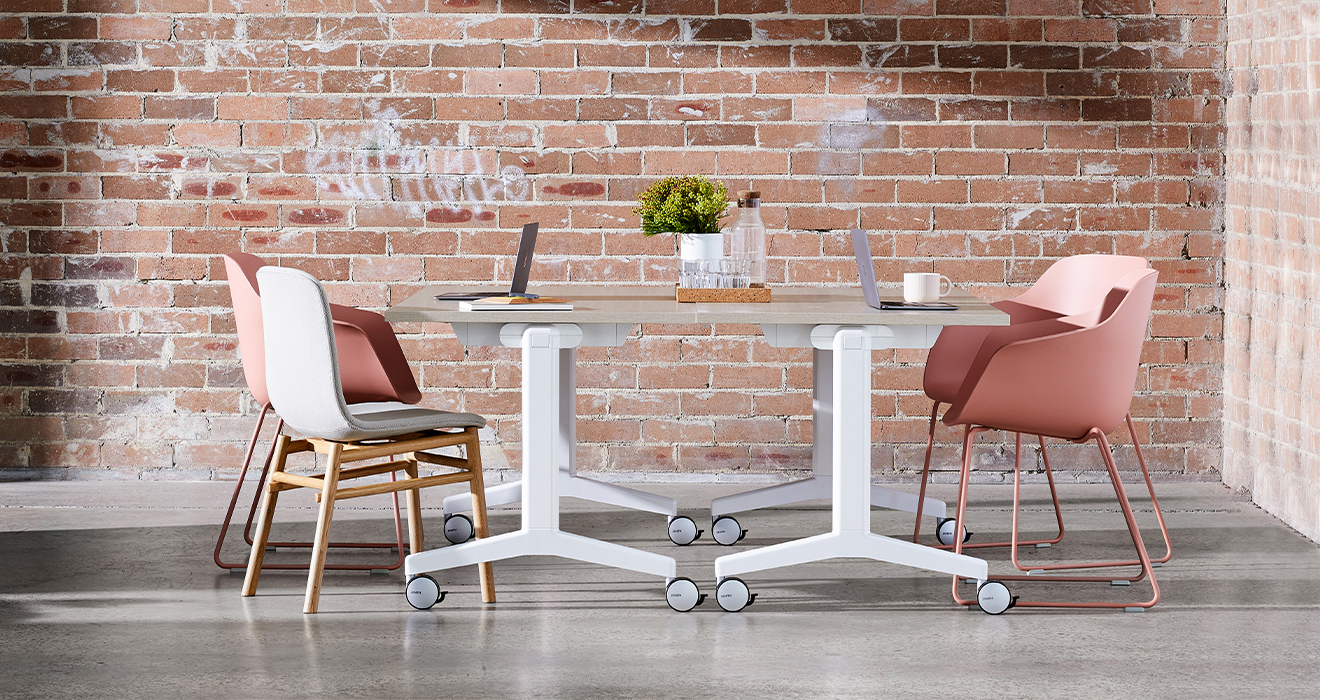
Kissen Conference Tables
FM: What sorts of products are currently being specified by designers doing workspace fitouts?
Oliver Field: Large team tables that can accommodate changes in seating density when social distancing eases single occupant, enclosed rooms that feature good ventilation and acoustic performance furniture that is compatible with varying floor types; for example, access flooring, bolt to slab and floating small, lightweight stools that enable occupants to move and reposition easily – these allow people to control their proximity to others, and lightweight, movable and battery-enabled furniture; for example, large-format displays stands, writable walls and foldable desks – these can maximise the effectiveness of a room enabling it to become more relevant across multiple requirements.
FM: And what is Zenith hearing from the end users of these spaces about what their priorities are?
Oliver Field: Getting people back into the office, reinjecting the workplace with discussion, information sharing and interaction between different disciplines and teams, and mixing and sharing information across different disciplines and teams.
As seen on Australian Design Review

Zenith was proud to be sponsors of this year’s Interior Design Excellence Awards (IDEA) Gala, sponsoring and supporting two incredible categories: Community Services & Institutional.
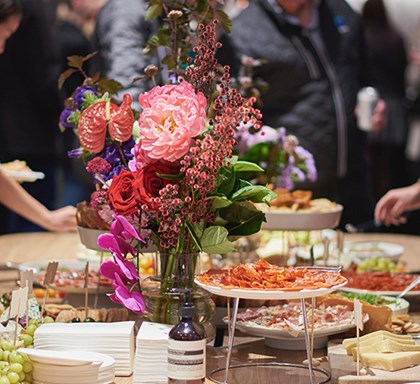
Last Friday night Zenith Perth had more than one reason to celebrate, not only kicking off the end of year festivities, but also finally able to celebrate their multi levelled heritage listed space on Queen St Perth.
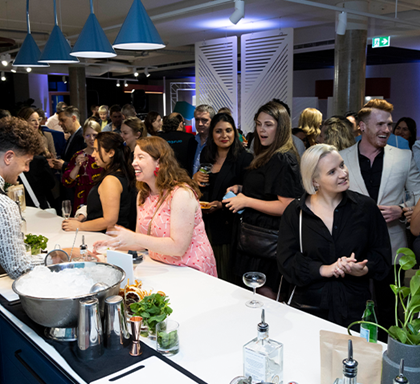
Zenith Brisbane recently introduced their new home with a launch event to remember.